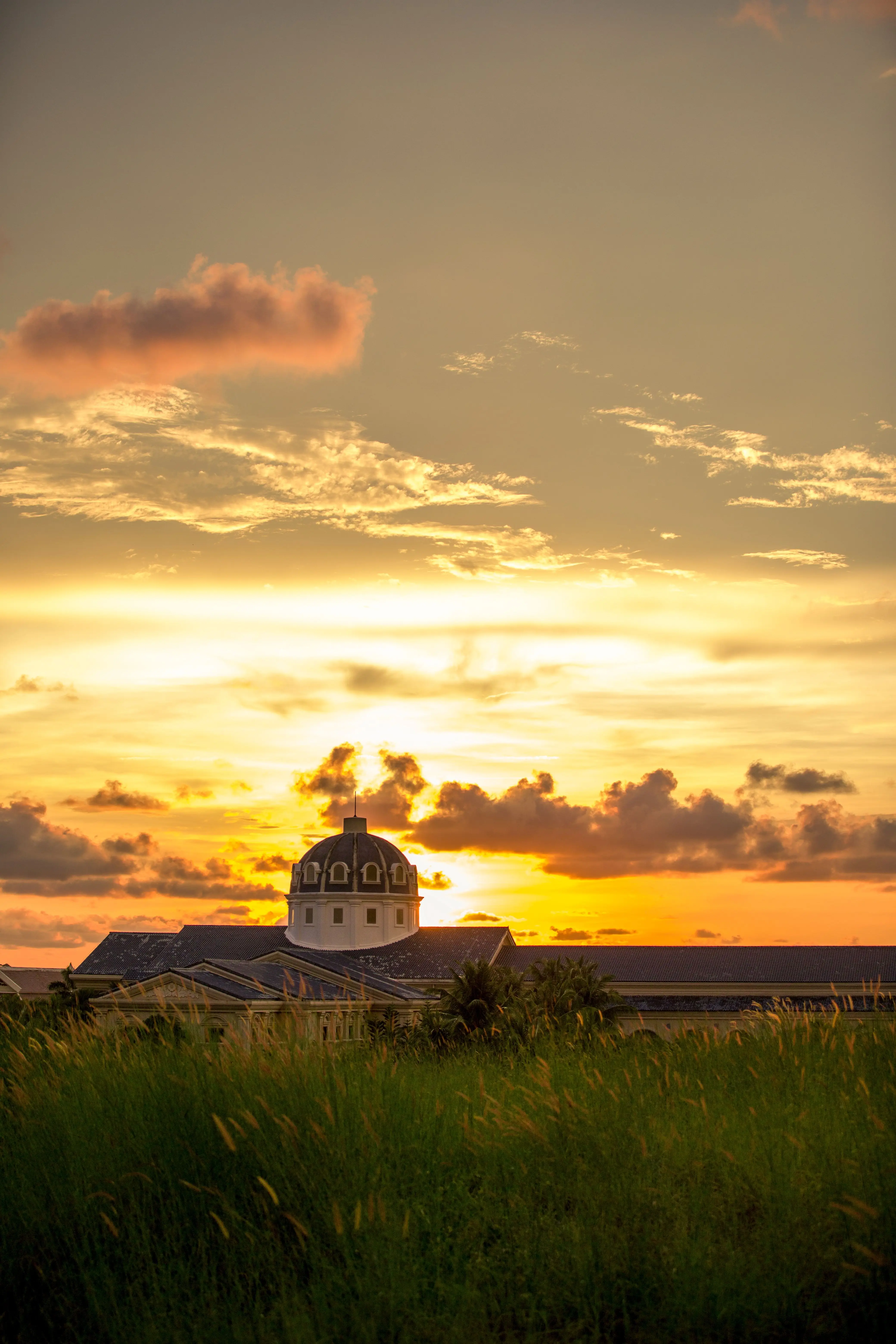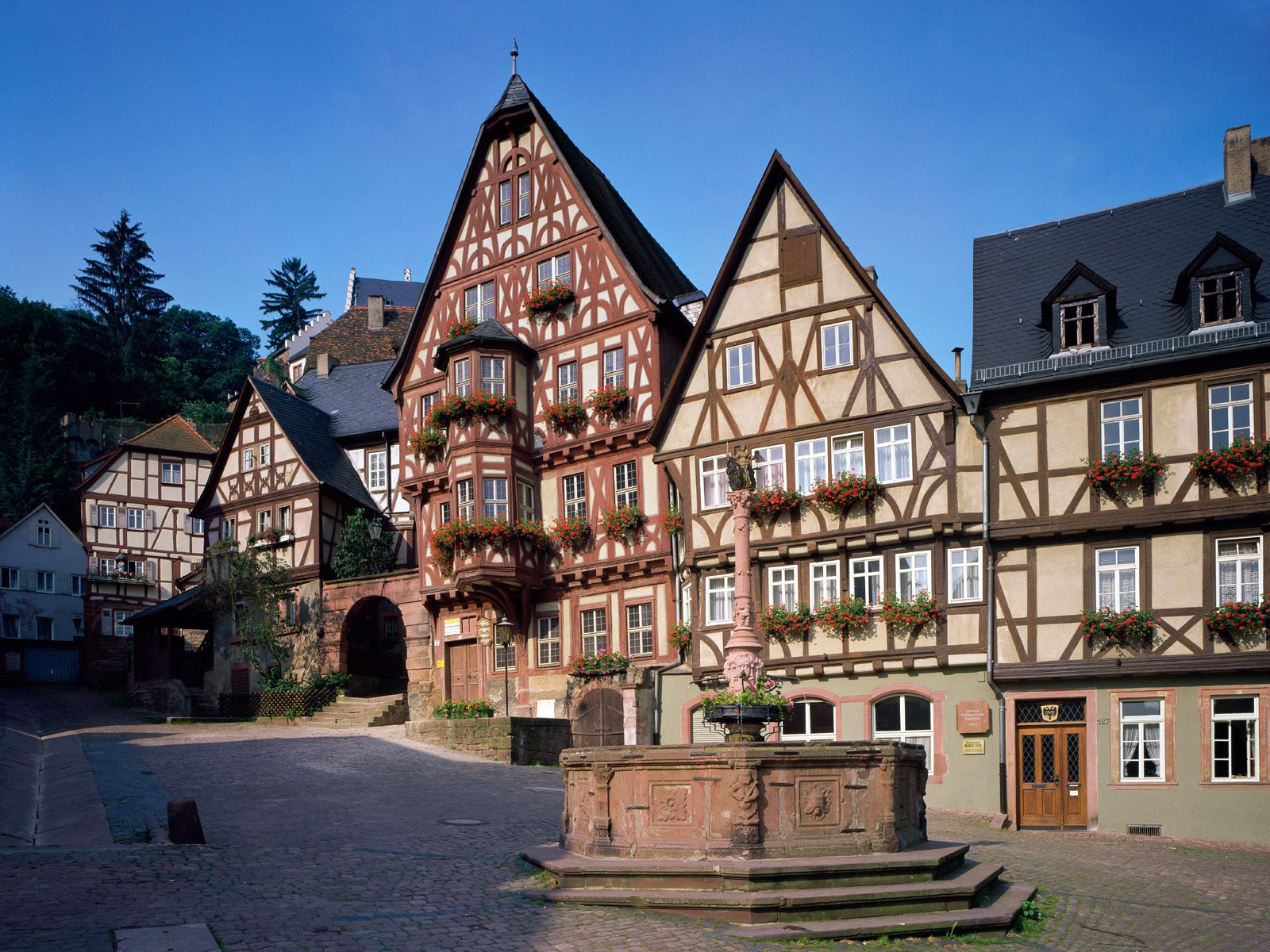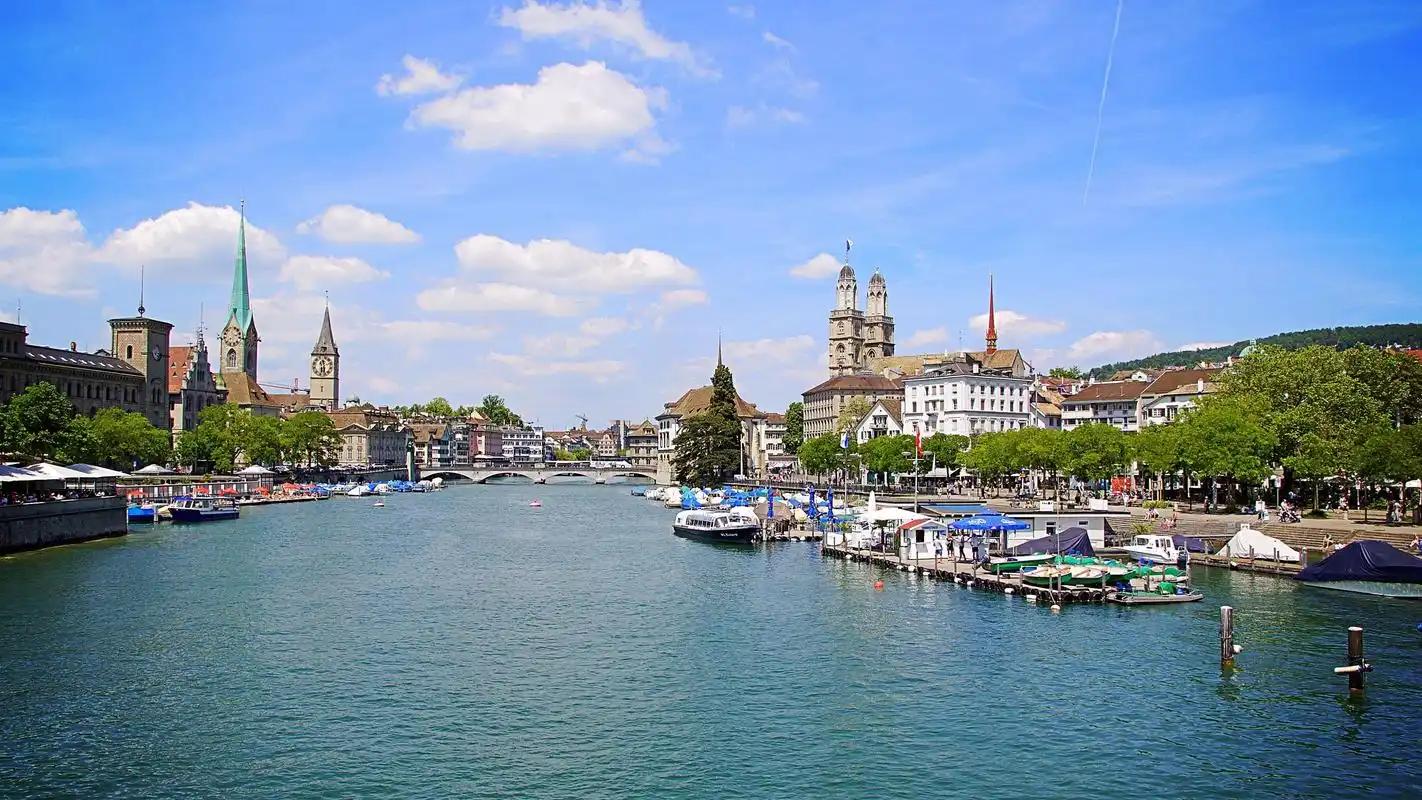Japan Travel
Japan’s White Water Rafting Tours: Guided Adventure Attractions
Japan’s White Water Rafting Tours: Guided Adventure Attractions
When one thinks of Japan, images of serene temples, cherry blossoms, and bustling metropolises often come to mind. Yet, beyond the cultural and urban allure lies a world of thrilling natural adventures—chief among them, white water rafting. Japan’s diverse topography, characterized by steep mountain ranges, volcanic activity, and abundant rainfall, creates ideal conditions for river rapids. From the northern island of Hokkaido to the subtropical south of Kyushu, guided white water rafting tours offer an exhilarating way to experience the country’s wild, untamed landscapes.
The Rivers: Nature’s Dynamic Playground
Japan boasts numerous rivers fed by heavy seasonal rains and snowmelt, each offering unique rafting experiences. The Yoshino River in Shikoku, often called the “Number One River in Japan,” is renowned for its crystal-clear waters and thrilling Class III-IV rapids. It cuts through the breathtaking Oboke and Koboke gorges, where rafters navigate twists and turns against a backdrop of lush greenery and dramatic rock formations.
In Hokkaido, the Shiribetsu River—known for its emerald-green waters—provides a mix of adrenaline-pumping rapids and calm stretches perfect for taking in the island’s pristine wilderness. Meanwhile, the Tone River in Gunma Prefecture, one of Japan’s longest rivers, offers varied sections suitable for both beginners and experts. In winter and spring, rivers like the Fuji River in Shizuoka swell with runoff from melting snow, creating powerful currents that challenge even seasoned rafters.
Guided Tours: Safety, Skill, and Storytelling
What sets Japan’s white water rafting apart is the emphasis on guided experiences. Unlike DIY adventures common in some countries, Japanese rafting tours prioritize safety, education, and cultural immersion. Guides are typically certified professionals trained in rescue techniques and river ecology. They provide comprehensive briefings, equipment checks, and hands-on instruction, ensuring participants feel confident before hitting the water.
But these guides are more than just safety experts—they are storytellers. As you paddle through rapids with names like “Dragon’s Tail” or “Samurai’s Challenge,” guides narrate local legends, point out native wildlife, and explain the geological history of the gorges. This blend of adventure and narrative deepens the experience, transforming a simple rafting trip into a journey through Japan’s natural and cultural heritage.
Seasonal Variations: A Year-Round Adventure
Japan’s distinct seasons shape the rafting experience in unique ways. Spring (March to May) is prime time for rafting, as snowmelt from the mountains raises water levels, creating powerful, fast-flowing rapids. The weather is cool, and the surrounding landscapes burst with fresh foliage and blooming flowers.

Summer (June to August) brings warmer temperatures and milder rapids, making it ideal for families and first-timers. However, summer also coincides with the rainy season (tsuyu), which can unexpectedly swell rivers and intensify rapids. Autumn (September to November) offers a scenic paradise with vibrant fall colors, while winter rafting—available on some rivers—provides a stark, serene beauty, with fewer crowds and snow-dusted riverbanks.
Beyond the Rapids: Ecological and Cultural Insights
Japanese rafting tours often incorporate ecological and cultural elements. Many operators emphasize minimal environmental impact, educating participants on local ecosystems. It’s common to spot wildlife such as Japanese macaques, eagles, and even river otters during the journey. Some tours include stops at riverside hot springs (onsen), where rafters can soak in geothermal waters while surrounded by nature—a quintessentially Japanese way to unwind after an adrenaline-filled day.
In regions like Minakami in Gunma Prefecture or Iya Valley in Tokushima, rafting is part of a broader adventure tourism ecosystem that includes canyoning, hiking, and cultural tours. Visitors can explore nearby historic towns, sample local cuisine, or stay in traditional ryokan inns, making the rafting trip part of a richer travel experience.
Accessibility and Inclusivity
One of the strengths of Japan’s rafting industry is its accessibility. Tours cater to all skill levels, from gentle Class I-II routes for children and beginners to extreme Class IV-V rapids for thrill-seekers. Many companies provide all necessary gear, including wetsuits, helmets, and life jackets, and offer multilingual guides to accommodate international visitors.
Japan’s reputation for hospitality (omotenashi) extends to its adventure tours. Participants often remark on the meticulous organization, friendly guides, and thoughtful touches—such as post-trip hot drinks or photo packages—that enhance the overall experience.
The Future of Rafting in Japan
As adventure tourism grows globally, Japan is positioning itself as a premier destination for outdoor enthusiasts. The government and local communities have invested in infrastructure and promotion, recognizing the economic and cultural value of sustainable tourism. Rafting operators continue to innovate, offering night tours, photography-focused trips, and combined adventure packages.
However, this growth comes with challenges. Climate change affects water levels and weather patterns, while increased footfall necessitates stricter conservation measures. The industry is responding with eco-friendly practices, such as river clean-up initiatives and carbon-neutral tours, ensuring that these natural wonders remain preserved for future generations.
Conclusion: Riding the Currents of Culture and Nature
White water rafting in Japan is more than just an adventure sport—it’s a gateway to understanding the country’s diverse landscapes and cultural depths. Whether you’re navigating the roaring rapids of the Yoshino River or floating through the serene gorges of Hokkaido, each trip offers a unique perspective on Japan’s natural beauty. Guided by experts who blend safety with storytelling, participants come away not only with adrenaline-filled memories but also a deeper appreciation for the forces of nature and culture that shape this remarkable country.
So, if you find yourself in Japan, look beyond the cities and temples. Take to the rivers, and discover a side of Japan that is wild, powerful, and unforgettable.
相关文章
- Yamagata’s Zao Onsen: Snow Monster Hot Spring Attraction
- Japan’s Maid Cafés: Akihabara Subculture Attractions
- Okayama’s Okayama Korakuen: Historic Garden Attraction
- Japan’s Horse Racing Tracks: Equestrian Sports Attractions
- Tokyo’s Odaiba Gundam: Anime Icon Attraction
- Japan’s Doll Festivals: Hinamatsuri Attractions
- Kagoshima’s Ibusuki Onsen: Sand Bath Hot Spring Attraction
- Japan’s Table Tennis Clubs: Recreational Attractions
- Kyoto’s Nishiki Market: 400-Year-Old Food Attraction
- Japan’s Camellia Festivals: Winter Flower Attractions
发表评论
评论列表
- 这篇文章还没有收到评论,赶紧来抢沙发吧~


